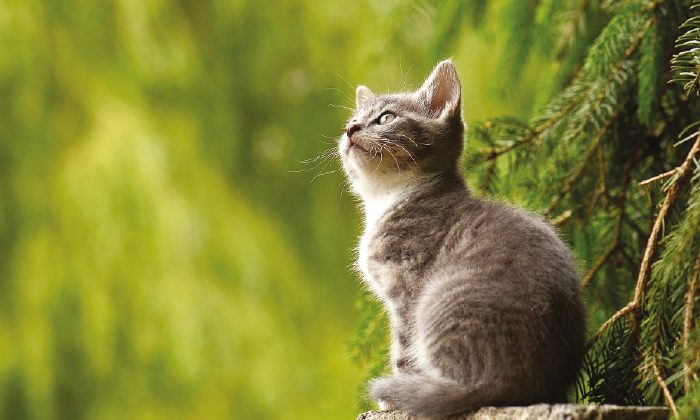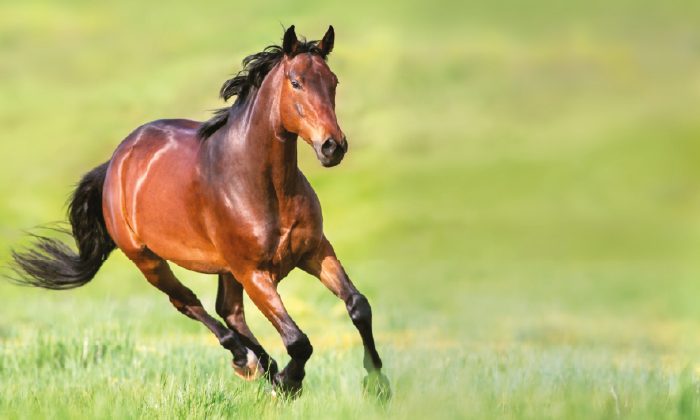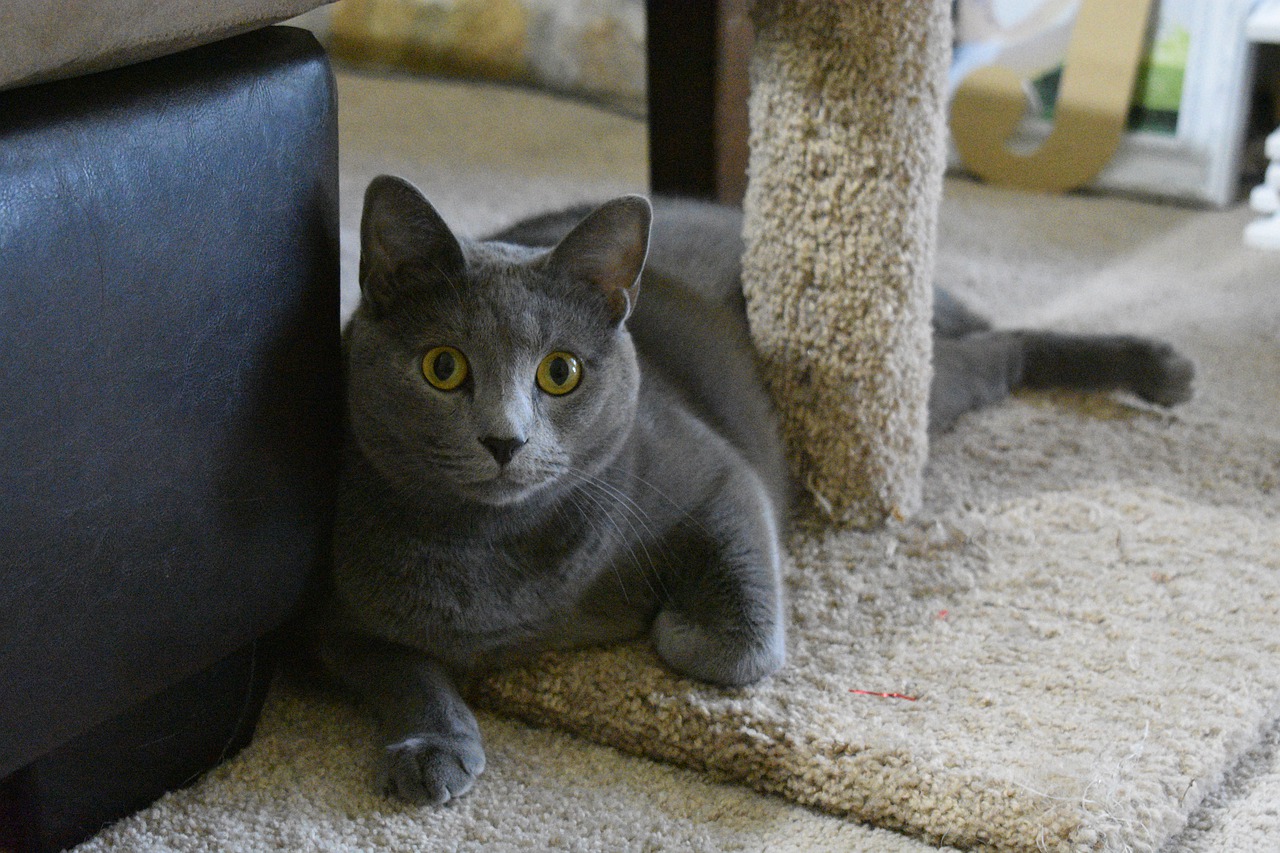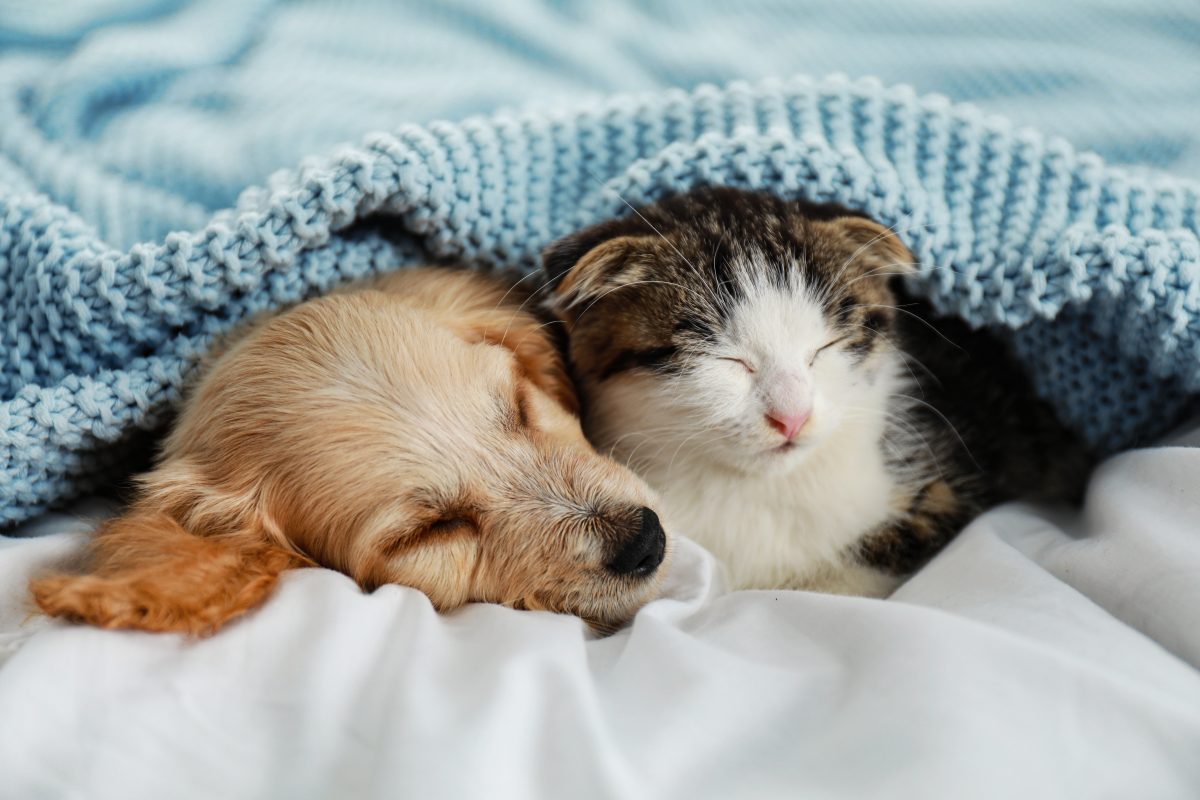One of the most fascinating challenges to face when it comes to understanding animal communication is to enter the perspective of renouncing the importance of words to learn to appreciate other types of communication channels.
Verbal language (i.e. that made up of words, phrases and more or less complex grammars) is a characteristic of the human species but it is not the only way of communication that Nature has made available to living beings.
Ants and butterflies communicate by spreading pheromone - odorous molecules that transmit information -, in some bird species the quality or the coloration of the plumage indicate the willingness to reproduce, the terrestrial mammals communicate many of their moods through mutual distances, the posture assumed but also through facial expressions and precise positions of the ears, eyes, mouth, etc.
Like some insects, cats also communicate through i pheromones which deposit in the environment rubbing against animated or non-animated objects, scratching surfaces, depositing urine and even feces.
Each species has its own "vocabulary" of proxemics, postures and expressions, that is, each species has developed - along evolution - the use of certain signals to communicate something in what is called "non-verbal communication". Here then is that a wagging dog is often similar to a state of happiness, while a cat usually shake your tail, lashing her left and right, when she is nervous and irritable.
The gesture of "waving the tail" does not have an absolute meaning in itself, it does not mean for all caudate species "I am happy" but takes on a certain interpretation only in relation to the species we are observing and the context in which it expresses itself (i horses also shake it to remove the flies from their rump!). Although the feline communicative repertoire both large and complex, it is possible to refer to some general indications.
A cat who approaches a person with the high tail and perpendicular to the vertebral column, generally it indicates good availability for the meeting.
Se the tail is between the legsinstead, the cat is reporting a huge level of fear and insecurity! In these cases, the best thing would be to remove the source of the danger and if its source is us, well ... the cat is telling us that he is very afraid of us so it is useless to insist on trying to approach it. A cat nervously shaking its tail left and right with jerky movements it could be in the midst of its predatory excitement (maybe it has just glimpsed a mouse peeking) or it could simply signal us its little willingness to interact at that moment.
A motionless cat on a low wall or on the road exposing its side, with its side ears on its head, the swollen hair and the teeth in evidence through puffs and growls, he is asking "don't come near me, I could react badly": this is the classic posture that cats exhibit to keep a dog met on the street at a distance.
Generally speaking, a state of anxiety and / or fear is recognizable by the fact that the cat remains curled up on himself, perhaps motionless, the tail well attached to the body and the ears arranged on the two sides of the head. A cat at easeinstead, it is recognized by the body softly lying on its side, relaxed legs and tail and eyes that open and close gently as if to say "I am peaceful in your presence".
The bristly, swollen hair along the entire body, or along the spine or only along the tail, indicate that the cat is experiencing very intense emotions. For example, she is experiencing intense fear from meeting a dog or intense pleasure from scratching her chin. Purr they are seen as the verbal communication of cats par excellence and, generally, they are associated with a sense of personal satisfaction but it is now clear that even very debilitated and prostrate cats can purr "themselves" to self-reassure themselves. Also and miagolii - as well as high-pitched sexual calls - are part of the verbal communication of cats and recent studies have shown that how much a cat meow, for what reasons and how often depends on the relationship with their human. They they learn to modulate the meowthat is, based on the answers obtained by those who live with them.
Also the ears can give a good indication of how the cat feels.
Since their work of monitoring the environment is constant and frenetic, ears wide open, pointed forward and positioned high on the head indicate a careful and curious cat. An irritated cat, on the other hand, can be recognized by his ears tense and facing backwards contrary to a frightened cat who, on the other hand, flattens them on the sides, even going so far as to "disappear" behind his head.
Other "words" not to be underestimated are the exhibition of teeth, perhaps concurrently with a whisper, the presence of the snarl or even the spit: these are all "declarations" of threat that, especially if combined with the fixed and direct gaze, could materialize of a sudden nail.
All these, however, are only general indications: to understand feline language is important recognize all the signals emitted by the cat, to put them in relation with each other and with the context in which they are expressed, not forgetting that they are animals rich in personality and nuances of character to the point of making communication with each of them a set of unique and unrepeatable codes and small daily habits.
sonia campa
Human-animal relationship consultant
Website: http://www.pet-ethology.it
Approved by CTS Union BIO



















